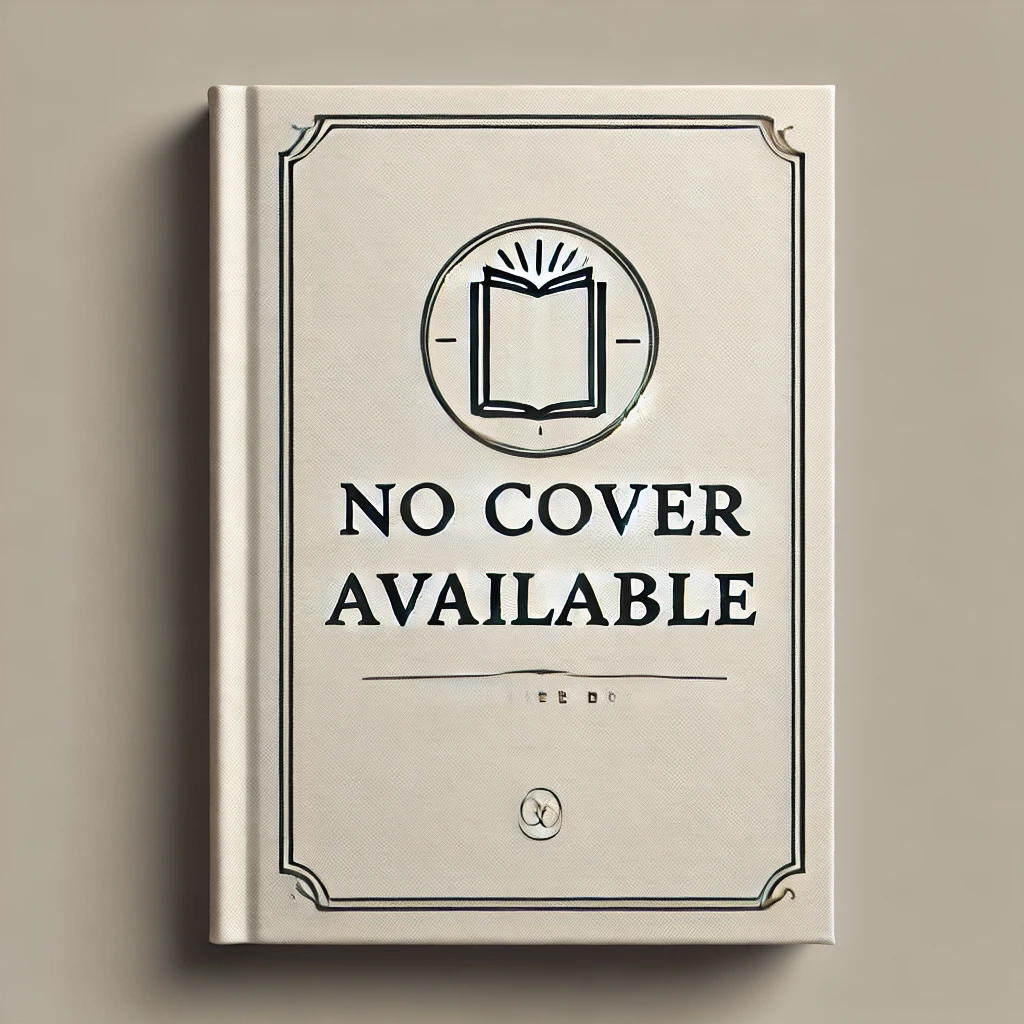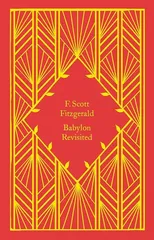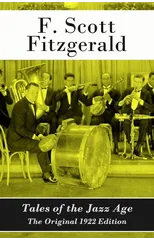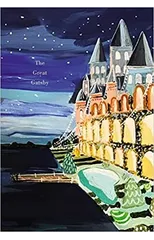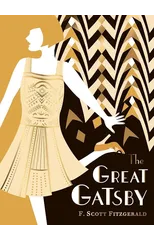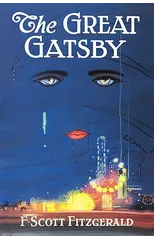"Some girls with metal knuckles were furiously insulting two punching bags on each of which was painted the leering, winking face of a 'masher.'" -F. Scott Fitzgerald, Dice, Brassknuckles & Guitar (1923) Dice, Brassknuckles & Guitar (1923) is a short story that was originally published in Hearst's International and resonates with some of the same themes as The Great Gatsby (1925) published shortly after. Featuring young commoner James Powell, "Jazz Master," the plot focuses on his brush with debutantes when he opens an academy focusing on defending oneself with brassknuckles, playing guitar, and winning at dice. The themes of social class, racial tension, and Southern versus Northern manners combine with the partying of the Jazz Age. This classic story is a must-read for fans of Fitzgerald and fiction of the early twentieth century.
F. Scott Fitzgerald
F. Scott Fitzgerald was an American novelist and short story writer known for his portrayal of the Jazz Age in American literature. His most notable works include "The Great Gatsby," "Tender is the Night," and "This Side of Paradise."
Fitzgerald's writing style is characterized by his use of lyrical prose and exploration of the themes of wealth, class, and the American Dream. He is considered one of the greatest American writers of the 20th century and his works continue to be studied and celebrated for their insight into the social and cultural dynamics of his time.
"The Great Gatsby" is Fitzgerald's most famous work and is widely regarded as a masterpiece of American literature. The novel explores the themes of love, wealth, and the pursuit of the American Dream, and has had a lasting impact on the literary genre of the novel. Fitzgerald's contributions to literature include his exploration of the complexities of human relationships and his keen observations of American society during the 1920s.

